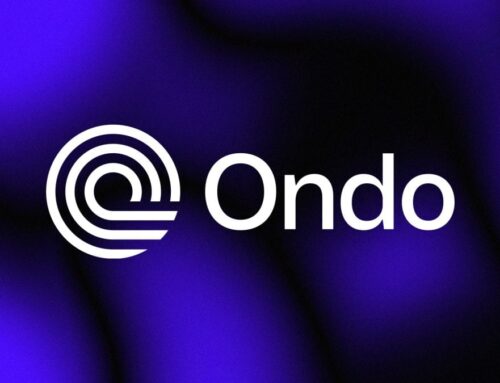This Real-Time Map Shows Why Ethereum’s Decentralization Isn’t Just Tech Hype—And What It
July 24, 2025
Benzinga and Yahoo Finance LLC may earn commission or revenue on some items through the links below.
The word “decentralization” gets thrown around so much in crypto that it’s become almost meaningless. But when you look at Ethereum’s actual node distribution across the globe, the reality becomes crystal clear: this isn’t marketing speak—it’s a fundamental shift in how global finance operates.
The real-time heatmap of Ethereum node distribution reveals something remarkable. While the U.S. and Germany still dominate in terms of raw node density—thanks to robust infrastructure and established crypto communities—the network’s reach extends far beyond traditional tech hubs.
What’s particularly striking is the emergence of developing regions as significant players in Ethereum’s infrastructure. Countries like Brazil, Nigeria, Kenya, and South Africa are lighting up the map, moving from mere consumers of blockchain technology to active builders and validators of the network.
Don’t Miss:
-
Warren Buffett once said, “If you don’t find a way to make money while you sleep, you will work until you die.” Here’s how you can earn passive income with just $10, starting today.
-
$100k+ in investable assets? Match with a fiduciary advisor for free to learn how you can maximize your retirement and save on taxes – no cost, no obligation.
For crypto investors, this isn’t just an interesting technical detail—it’s a crucial indicator of network resilience and long-term viability. Here’s why:
Censorship Resistance: The more geographically distributed a network becomes, the harder it is for any single government or entity to shut it down. This matters enormously when you’re considering where to allocate capital in an increasingly regulated environment.
Network Stability: Distributed nodes mean distributed risk. Natural disasters, political upheaval, or infrastructure failures in one region can’t cripple the entire network when nodes are spread across continents.
Regulatory Arbitrage: As different countries take varying approaches to crypto regulation, having nodes distributed globally provides the network with natural regulatory diversification.
Trending: The secret weapon in billionaire investor portfolios that you almost certainly don’t own yet. See which asset class has outpaced the S&P 500 (1995-2024) – and with near-zero correlation.
Singapore, Japan, and India are experiencing rapid growth in node deployment, driven by three key factors:
-
Tech-savvy populations with high crypto adoption rates
-
Evolving regulatory frameworks that are becoming more crypto-friendly
-
Thriving builder ecosystems that see blockchain as critical infrastructure
This Asian expansion represents more than just geographic diversity—it signals institutional and retail confidence in Ethereum’s long-term prospects in some of the world’s most dynamic economies.
Perhaps most importantly, we’re witnessing the birth of what could become invisible infrastructure. Just as most people don’t think about TCP/IP when they browse the web, Ethereum’s growing ubiquity suggests a future where blockchain technology becomes so embedded in daily life that users won’t even realize they’re interacting with it.
See Also: In terms of getting money back, these bank accounts put traditional checking and savings accounts to shame.
For investors, Ethereum’s genuine decentralization offers several key advantages:
Reduced Single Points of Failure: Your ETH holdings aren’t dependent on any single country’s regulatory decisions or infrastructure stability.
Network Effect Growth: As more regions build Ethereum infrastructure, the network becomes more valuable to all participants—classic network effects at work.
Institutional Confidence: The geographic distribution provides institutional investors with the regulatory diversification they need to feel comfortable with large allocations.
Ethereum’s node distribution map isn’t just a technical curiosity—it’s a visualization of a fundamental shift in global financial infrastructure. For investors, this decentralization represents both reduced risk and increased opportunity as the network becomes truly planetary in scope.
The question isn’t whether Ethereum will continue to expand globally—the data shows it already is. The question is whether traditional financial systems can adapt quickly enough to remain relevant in an increasingly decentralized world.
Read Next: Over the last five years, the price of gold has increased by approximately 83% — Investors like Bill O’Reilly and Rudy Giuliani are using this platform to create customized gold IRAs to help shield their savings from inflation and economic turbulence.
Image: Shutterstock
This article This Real-Time Map Shows Why Ethereum’s Decentralization Isn’t Just Tech Hype—And What It Means For Your Crypto Portfolio originally appeared on Benzinga.com
Terms and Privacy Policy
Search
RECENT PRESS RELEASES
Related Post


